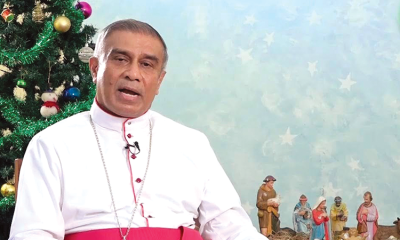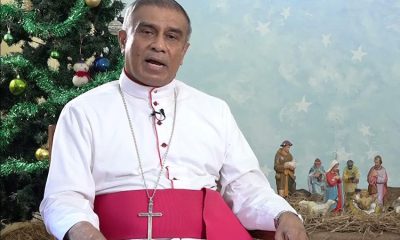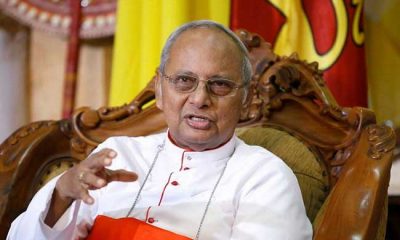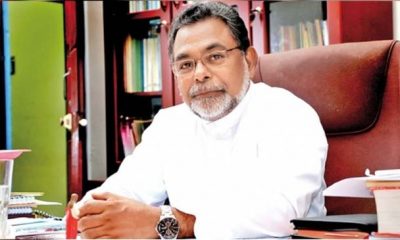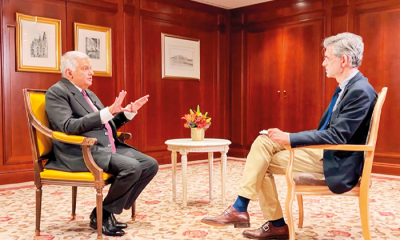News
Cardinal Ranjith expresses more disappointment with govt. over continuing secrecy related to Easter massacres probe

Over 1,500 pages of vital testimonies not given to Church
Archbishop of Colombo Malcolm Cardinal Ranjith has said the government did not make available the testimonies of those who appeared before the Presidential Commission on the Easter Sunday attacks. Those testimonies are on six CDs and run into 1,500 pages, the prelate said so while addressing the First Meeting of the Archdiocesan Presbyterian at the Archbishops House Conference Hall on 11 March.
“A team of our lawyers has sifted through the CD’s and found nearly 70,000 pages of evidence. In any case, we have found out that over 1,500 pages are missing in these CD’s, and we cannot open them. These missing pages contain the evidence given by key witnesses such as Hadiya, the wife of Zahran Hashim, and Sarah Jesmin, one of the leading protagonists who associated closely with the terror group.”
Cardinal Ranjith said 2024 marks the fifth anniversary of the Easter Sunday attacks, which cost 273 lives. There is absolute silence and attempts to mislead the public, he added.
The government gave the Catholic Church CDs containing the volumes of the sittings of the Commission of Inquiry into the Easter Sunday attacks.
“A letter was sent to the President by the National Committee for seeking the truth about the Easter attack on 11th October 2023 signed by me, His Lordship Bishop Harold Anthony Perera, the Bishops of Galle and Kandy and the three Auxiliary Bishops of Colombo, and 28 others, including priests and a group of lawyers, calling for a fresh and independent investigation into these attacks, but not even a letter of acknowledgement was sent to us,” he said.
The government continues to ignore these requests while affirming continuously that 99 percent of the investigations on the attacks were complete, the Cardinal said.
“Now they have filed cases against 23 Muslims who were associated with Zahran and his group and are seeking to turn them into scapegoats while not inquiring into all aspects of the case.”
The Cardinal said, “We will organize many initiatives calling upon the authorities to be sensitive to the demand for a full, independent and fair investigation into these attacks. Besides, no inquiry has been conducted, up until now, on new evidence emerging in the case, like the witness evidence given by Azad Moulana, the Personal Secretary of Shivanesathural Chandrakanthan alias Pillaiyan, a powerful Minister in the present government who alleged that the said Pillaiyan was the go between who assisted the Directorate of Military Intelligence (DMI) to approach Zahran and his group.
“He also affirmed that the said group received money through Pillaiyan from the DMI, which was then headed by Suresh Saleh, the present government’s Director of State Intelligence. There were meetings between Suresh Saleh and Zahran, and a lorry load of suspicious materials was released without being checked on the orders of the present IGP Deshabandu Tennakoon at the Gelanigama exit of the Southern Highway. Its destination was the safe house of Zahran Hashim in Walana, Panadura, and the said lorry belonged to the Avant-Garde Security Services, closely connected to former President Gotabaya Rajapaksa, and presumably contained explosives.
“You would ask me why we keep on insisting on this matter so much. Well, the reason for that is our Christian vocation. The Church is, as you know, the Body of Christ, and whenever or wherever in the body pain is experienced, it has to be felt by all.”
News
Delay in govt. response to UK sanctions on ex-military chiefs, and others causes concern

Admiral of the Fleet Wasantha Karannagoda said that he is still waiting for the government’s response to the UK sanctions imposed on three ex-military officers, including him, and a former member of the LTTE.
The former Navy Chief said so in response to The Island query whether he was aware of the position taken by a three-member ministerial committee, consisting of Foreign Minister Vijitha Herath, Justice and National Integration Minister Harshana Nanayakkara and Deputy Defence Minister Maj. Gen (retd) Aruna Jayasekera.
The government named the committee in the wake of the UK declaration of travel bans and asset freezes in respect of Karannagoda, General Shavendra Silva, General Jagath Jayasuriya and Vinayagamoorthy Muralitharan, also known as Karuna. Maj. Gen. Jayasekera said that they inquired into the issue at hand.
Karannnagoda said that he would like to know the government’s recommendations if the ministerial committee briefed the Cabinet as per a decision taken by the Cabinet of Ministers. Karannagoda said that the issue should have been taken at the highest level as various interested parties continue to humiliate the war-winning military by targeting selected individuals.
Other sources, familiar with the issues at hand, told The Island that the government was yet to announce its stand.
Sources pointed out that the Opposition has been silent on what they called a matter of utmost national importance.
Cabinet spokesman Dr. Nalinda Jayathissa is on record as having described the UK move as a unilateral move and that committee was formed to examine the developments and recommend appropriate measures to the Cabinet.
Foreign Minister Herath told The Island the government was not successful in getting the British to withdraw sanctions. Describing the UK decision as unilateral, the Miniser said that the government conveyed its concerns but the UK didn’t change its stand.
The Island raised the issue with Minister Herath and Admiral Karannagoda in the wake of British MP of Sri Lankan origin, Uma Kumaran requesting the UK Foreign Secretary Yvette Cooper to expand on the government’s sanctions imposed on the four above-mentioned persons.
During a Foreign Affairs Committee meeting on 16 December, the MP for Stratford and Bow highlighted the lack of accountability and political will from the current Sri Lankan government to address war crimes and mass atrocities committed in Sri Lanka.
Sources said that David Lammy, who served as Secretary of State for Foreign, Commonwealth and Development Affairs at the time of the declaration of sanctions, had no qualms in declaring that the action taken against four Sri Lankans was in line with a commitment he made during the election campaign to ensure those responsible wouldn’t be allowed impunity. The UK government statement quoted Lammy as having said that this decision ensured that those responsible for past human rights violations and abuses were held accountable.
By Shamindra Ferdinando
News
Sri Lanka outlines seven key vectors of international cooperation at Moscow forum
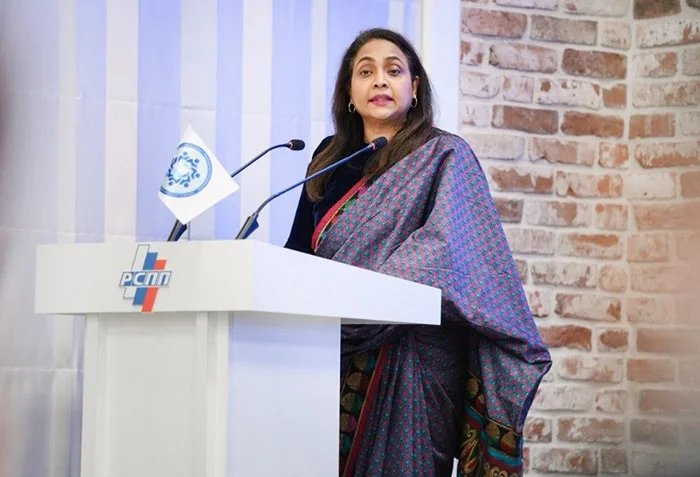
Sri Lankan Ambassador to the Russian Federation, Shobini Gunasekera recently presented a conceptual framework of seven key vectors that defined contemporary international relations and facilitated dialogue among States. She made the presentation at XI Moscow International Financial and Economic Forum held under the theme “Building Bridges: Partnership without Borders”.
In her address, the Ambassador emphasised that these vectors represent the channels through which ideas circulate, trade expands, and peace is strengthened, serving as guiding principles for cooperation amid global uncertainties. The seven key vectors highlighted were economic ties as a foundation for long-term stability; political choice and diplomacy through dialogue and multilateral engagement; security cooperation to address cross-border threats; cultural linkages through education, tourism, and professional exchanges; technological advancement, particularly in digital systems and artificial intelligence; environmental stewardship through collective action on renewable energy and climate change; and humanitarian obligations, including disaster relief and development cooperation.
Drawing on Sri Lanka’s experience, the Ambassador illustrated the practical application of these principles by highlighting the country’s strategic location in the Indian Ocean, its role as a trade and logistics hub, and its active engagement in regional groupings such as BIMSTEC and the Indian Ocean Rim Association, where the Russian Federation serves as a Dialogue Partner.
The potential for enhanced Sri Lanka–Russia bilateral cooperation was underscored, particularly through complementarities between Russia’s technological and energy expertise and Sri Lanka’s logistical capabilities and maritime infrastructure. She noted that such synergies could support joint initiatives in trade, innovation, tourism, and logistics, while cultural and scientific exchanges would further strengthen mutual understanding between the two countries.
Concluding her remarks, the Ambassador stated that sustained progress requires dialogue, mutual respect, and forward-looking partnerships capable of shaping a shared and stable future.
News
Sri Lanka third most preferred destination for Indians

Thailand takes top place
Travel website Make My Trip has named Sri Lanka as the third most booked international destination by Indian travellers for the festive period, following Thailand and the United Arab Emirates (UAE).
According to a report released by MakeMyTrip, an analysis of booking trends between 20 December and January 2026 compared to the same period last year, highlighted a growing interest in Sri Lanka as a preferred destination.
Thailand ranked first, while the UAE secured second place. Vietnam recorded a notable rise, moving from seventh position last year to fourth this year, followed by Malaysia, Indonesia, Singapore, the UK, the US, and Hong Kong.
-

 News6 days ago
News6 days agoMembers of Lankan Community in Washington D.C. donates to ‘Rebuilding Sri Lanka’ Flood Relief Fund
-

 News4 days ago
News4 days agoBritish MP calls on Foreign Secretary to expand sanction package against ‘Sri Lankan war criminals’
-

 Features6 days ago
Features6 days agoGeneral education reforms: What about language and ethnicity?
-
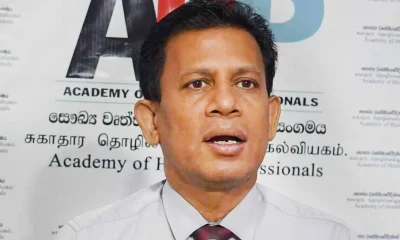
 News6 days ago
News6 days agoSuspension of Indian drug part of cover-up by NMRA: Academy of Health Professionals
-
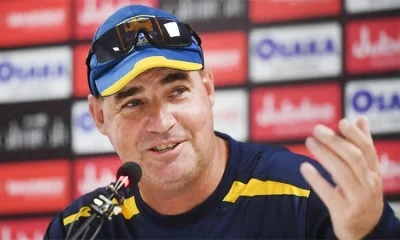
 Sports4 days ago
Sports4 days agoChief selector’s remarks disappointing says Mickey Arthur
-
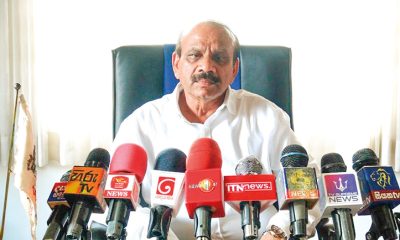
 News3 days ago
News3 days agoStreet vendors banned from Kandy City
-

 Editorial6 days ago
Editorial6 days agoA very sad day for the rule of law
-

 News6 days ago
News6 days agoUS Ambassador to Sri Lanka among 29 career diplomats recalled


